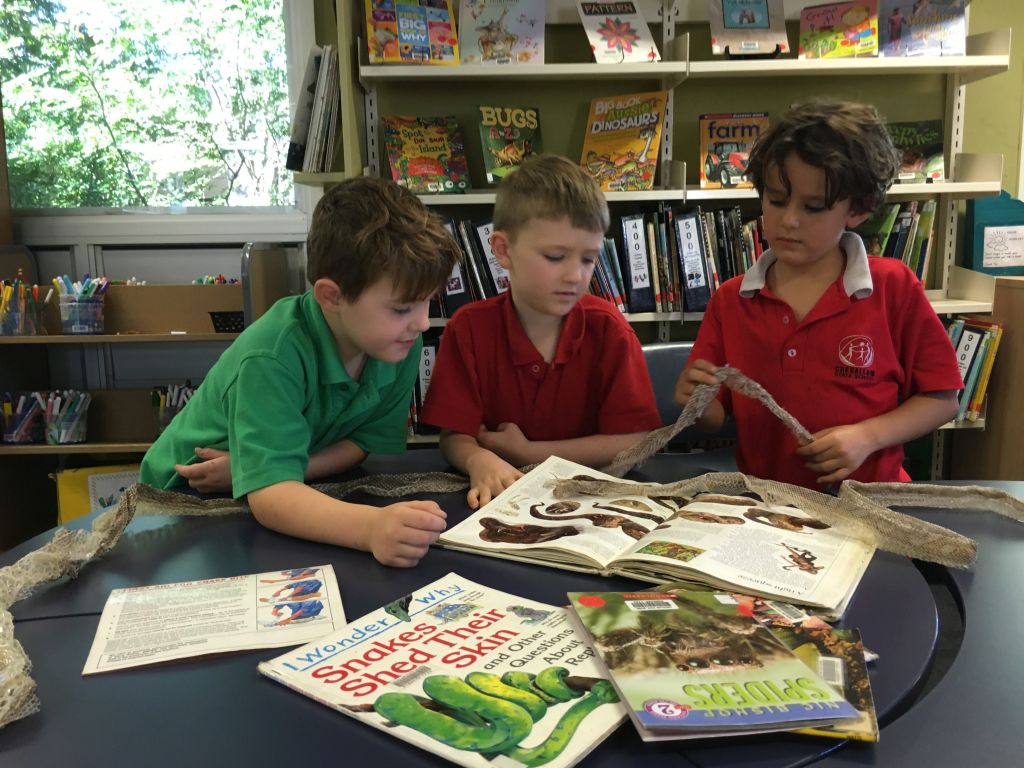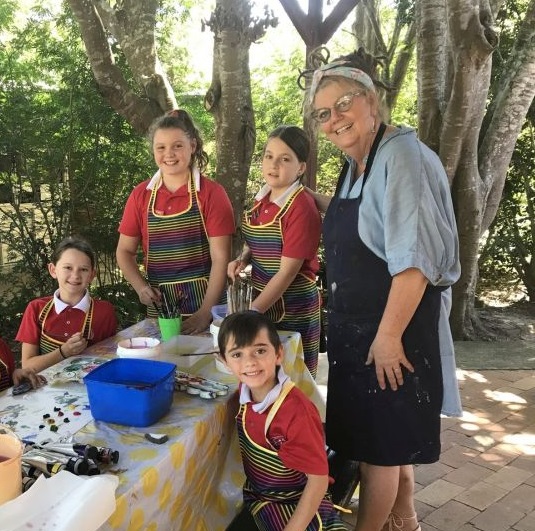What is Multi-age Grouping?
 An organisational structure which effectively promotes, encourages, and supports a philosophy of child centred learning. In implementing our philosophy we have found the most effective organization structure is Multi-age Grouping. In multi-age grouping, children of a wide range of ages are grouped together on purpose. There are many advantages that enhance the child's learning environment.
An organisational structure which effectively promotes, encourages, and supports a philosophy of child centred learning. In implementing our philosophy we have found the most effective organization structure is Multi-age Grouping. In multi-age grouping, children of a wide range of ages are grouped together on purpose. There are many advantages that enhance the child's learning environment.
"In family grouping, each child is a teacher and a learner, and each profits from first hand contact experiences with older and younger children."
C.P. Cullen (Director of Education, 1987)
Chevallum multi-age classrooms are called Family Groups. They are not composite classes nor are students streamed according to ability
Multi-Age Grouping is the organisational structure we believe allows us to put into practice our learner centred philosophy and to develop learning environments where individual needs are most effectively met.
Children starting school join others who are in their second or third year of school. Our older students work in groups with a 3 to 4 year age range. Our Prep rooms reflect the philosophy of the school and provide multi-aged learning environments where Prep children learn along side Year 1 children.

As a classroom structure multi-age grouping provides us with opportunities for:
Positive induction processes
Peer modelling and support
Continuity of curriculum
Sequential programing for a range of levels
Multi-age advantages at Chevallum:
The young child starting school joins a class with older children - ie. friends or a brother or sister - who provide a comforting link with home and security.
A more natural learning situation is established. Children work at their own pace helping each other by invitation or intention. Their program is not geared to the work of a single year, but can be adjusted over a two or three year period.
Opportunity for cooperation is increased, particularly with older pupils helping the younger ones.
There is also the opportunity for modelling of various stages of learning by students and not just the teacher. There is also the benefit of students working with older students with similar learning styles.
The make up of the class remains stable, with only the older children moving out at the end any year.
The problem of trying to cope with a class of children, all roughly the same age and making similar demands is avoided.
The teacher always has children familiar with class organisation, who keep it going while newcomers have time to 'settle in'.
Most children have three years with a teacher or two teachers who have the opportunity to know them and their parents very well, and can use this knowledge match the curriculum to their needs.
School / home cooperation strengthens when teachers and parents know and work with one another.
Some characteristics children develop in Multi-Age family group classroom settings: